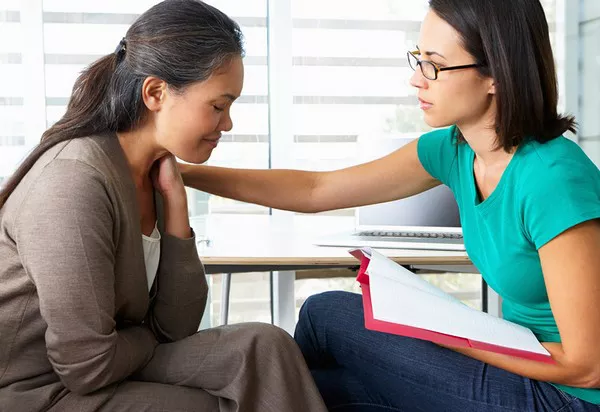A recent survey conducted among more than 2,000 Australian teachers has revealed that poor mental health and excessive screen time are the foremost challenges faced by young people today. These findings echo the observations made by students, who are grappling with increased stress and anxiety in the face of growing pressures both at home and elsewhere.
Alanah, a year 11 student at Braemar College, has noticed a surge in stress and anxiety among her peers. She described witnessing moments of distress at school, with some students experiencing nervous breakdowns and even tears during particularly challenging circumstances.
Alanah’s observations align with the outcomes of a national survey of teachers, where the overwhelming consensus was that poor mental health represents the most significant issue confronting young people today. The 2023 Beyond Blue survey, exclusively released to the ABC, disclosed that only one in three teachers believed students at their schools enjoyed good mental health. Additionally, the percentage of teachers who perceived their schools as mentally healthy dropped from 50 percent in 2022 to just 40 percent this year.
Of the 2,369 teachers surveyed, approximately 90 percent reported that high staff turnover was negatively affecting their own wellbeing, with nearly 80 percent believing it was also impacting their students.
The Impact of Isolation and Screen Time
Emma Grant, a wellbeing specialist at Braemar College, pointed out that the excitement of returning to the classroom after lockdowns in Victoria had gradually faded. She noted that years of isolation had left many young people without a sense of purpose and lacking the social skills typically developed in a school setting.
According to Grant, isolation has hindered the acquisition of social awareness, emotional intelligence, and the ability to interpret body language, causing many students to fall behind in these socio-emotional aspects.
While smartphones have brought certain benefits, such as facilitating connections with friends, they have also posed challenges for some students in terms of maintaining focus. The teachers who participated in Beyond Blue’s survey highlighted “excessive screen time” as the second most significant issue affecting young people, trailing only behind poor mental health.
Social Media’s Role
In addition to excessive screen time, social media has become a significant source of pressure for students like Alanah during their final years of school. The need to showcase an active social life and the fear of exclusion can create stress and anxiety among students.
“It’s definitely hard to switch off,” Alanah remarked. “Especially during lunchtime, you walk around, and everyone’s just scrolling.”
New Resources for Student Wellbeing
To address these challenges, schools across the country will soon have access to new mental health resources designed to enhance student wellbeing and provide them with access to support. These resources, developed by the Australian Curriculum and Assessment Reporting Authority (ACARA), integrate mental wellbeing lessons into subjects like English and the humanities.
Sharon Foster, ACARA’s curriculum director, emphasized the importance of not limiting discussions about mental health to dedicated classes. The development of these resources involved collaboration with the National Mental Health Commission, Beyond Blue, Headspace, and teachers from across Australia.
Ms. Foster explained that the need for a review of the mental health curriculum was prompted by the combined impact of natural disasters and the pandemic.
At Braemar College, Emma Grant welcomed these new resources, underscoring the inherent link between wellbeing and learning. She believes that teachers play a crucial role in nurturing the wellbeing of young people and that any support to help teachers fulfill this role is a positive step.
“If a student is well, they’re going to learn well. If a student is overwhelmed, anxious, stressed, whatever term you want to use, their mind shuts down, and they’re not going to learn,” Grant said. “It’s every teacher’s job in the school to look after the wellbeing of our young people within every classroom.”


